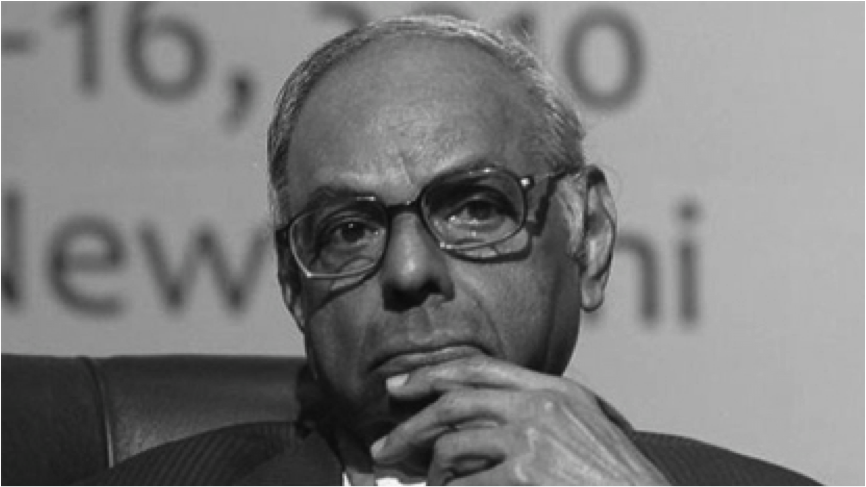Dairy farmers are facing the wrath of COVID 19 due to lower prices being paid by dairy processors . India has different levels of milk prices today. Milk price received by the dairy farmers is classified on the type of buyers and region form where milk is procured. The following illustration gives average milk prices for 3.5% fat and 8.5% snf milk. The milk prices in certain areas have gone below this range also.

There have been many studies which have tried to assess the cost of milk production by the farmers. Those studies have followed an imputed cost approach rather than computed cost for milk production. Most of the studies have not considered the labour costs, power costs, infrastructure costs and a part of feed cost. Milk price must be able to compensate for the feed cost in the absence of most of the input cost.
Feed conversion in milk production
IFCN Germany has carried out many studies on milk pricing in various countries and on multiple farm sizes. The farmer must be able to purchase more than 1.5 Kgs of compound feed by selling a liter of milk. Any price below it would mean that the farmer is making losses. This evaluation of milk price is for Farm gate price only.
Let us consider the price of cattle feed sold in the market at around Rs 22 per kg. The minimum milk price for a farmer to cover all his cost may then be Rs 33 per liter. As per the chart shown above no farmer in India is covering his costs.
So where is the problem? Is it with pricing models being used by dairy processors ? Or is it with the subsidies and other sops being designed and offered by the policy makers for the cooperatives ? Is the milk buying price linked to selling price as being the case in other sectors ? For how long can we boast of being the largest producer of milk without making our farmers sustainable ?
Revenue shared price model for milk pricing
I think that the time has come to move out of the box for setting milk price policy in India. In recent past there have been requests to introduce MSP for milk in line with other primary crops. C Rangarajan Committee formulated a pricing strategy in 2012 for sugarcane farmers. They used a Revenue shared pricing model to fix price of sugarcane by the sugar mills. As per the policy the farmers must get 70-75 % of the levied sugar price in the market.
Organised sector sells almost 70 % of procured milk as market milk only. The selling price of the market milk is normally at par for all the players in a market . The selling price of Toned milk which is almost equivalent milk to the procured one is ranging between Rs 44-Rs 46 per liter. If we use the recommendation of Rangarajan committee then farmers must get anywhere between Rs 31-32 at 70% and Rs 32-35 at 75%.
Is dairy industry efficient enough to limit costs within 20-25% of revenue
Dairy companies will have to make their operations more efficient to cover procurement, processing and distribution all covered up between 70-75% of their revenue including their margins. It is just another way of looking at the pricing model . All stakeholders must now put their minds together and create new paradigm in fixing dairy farmers price. Making dairy farming sustainable is everyone’s responsibility.
An article by Kuldeep Sharma

